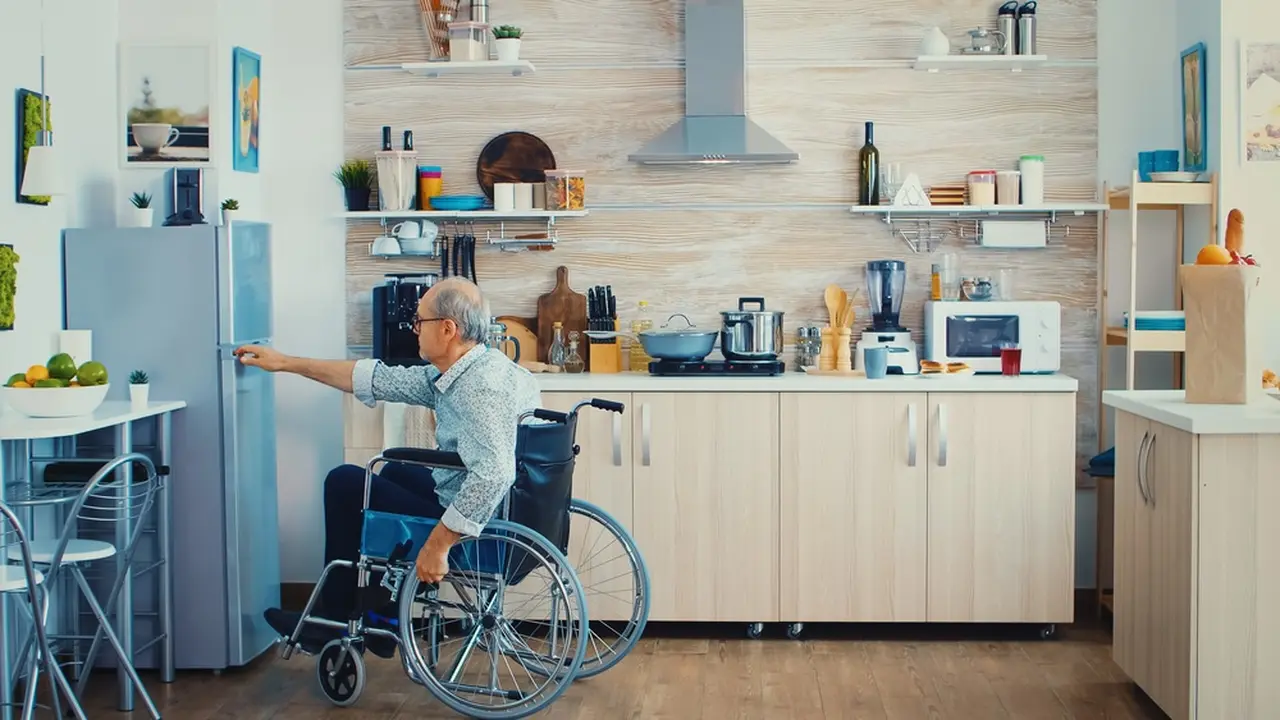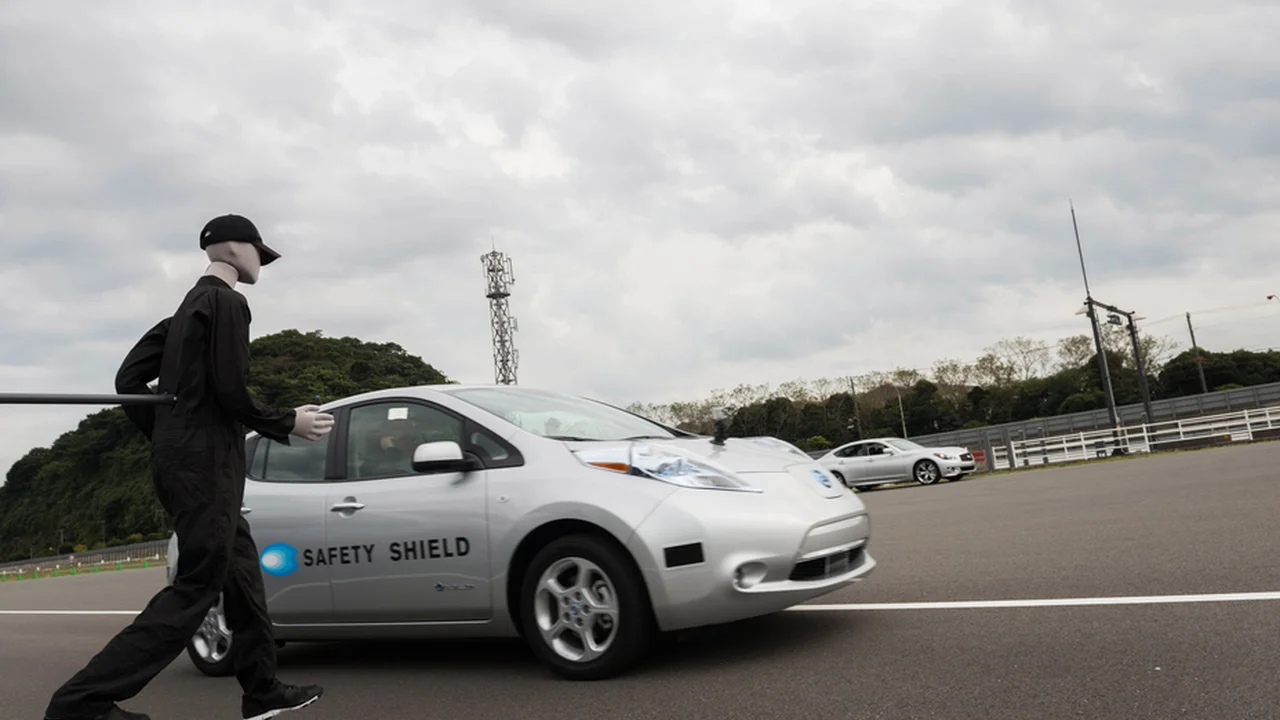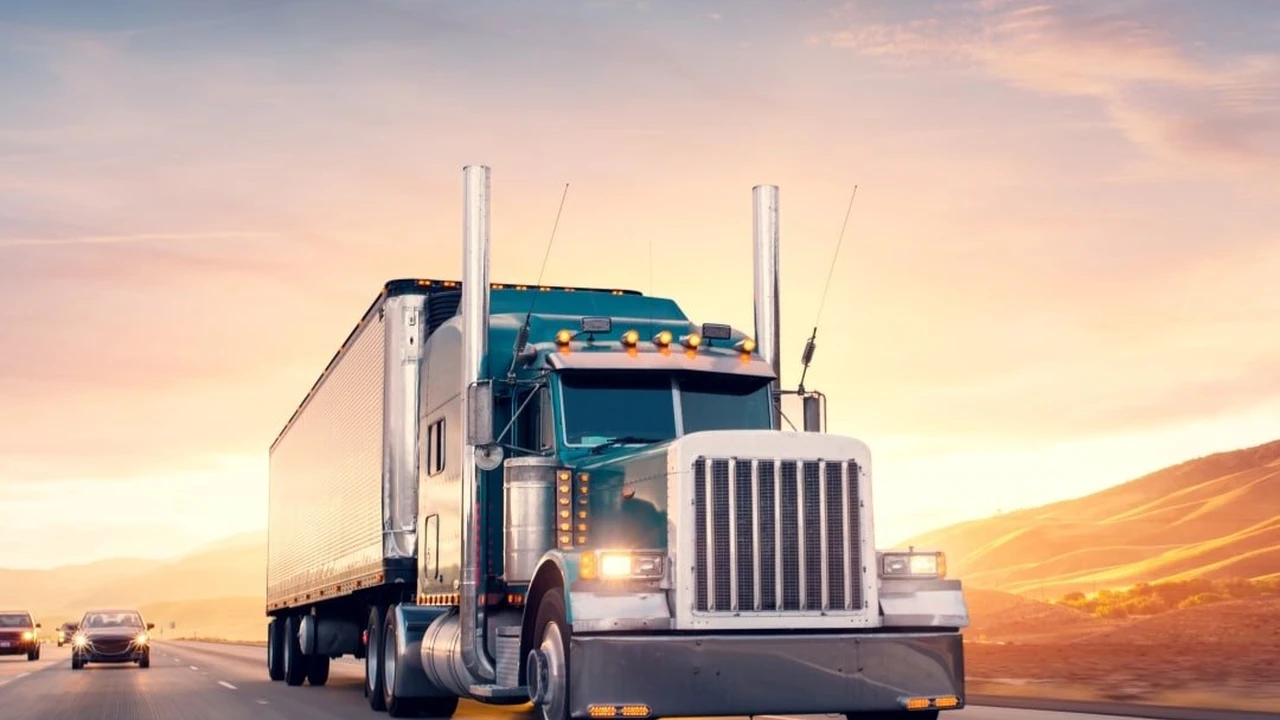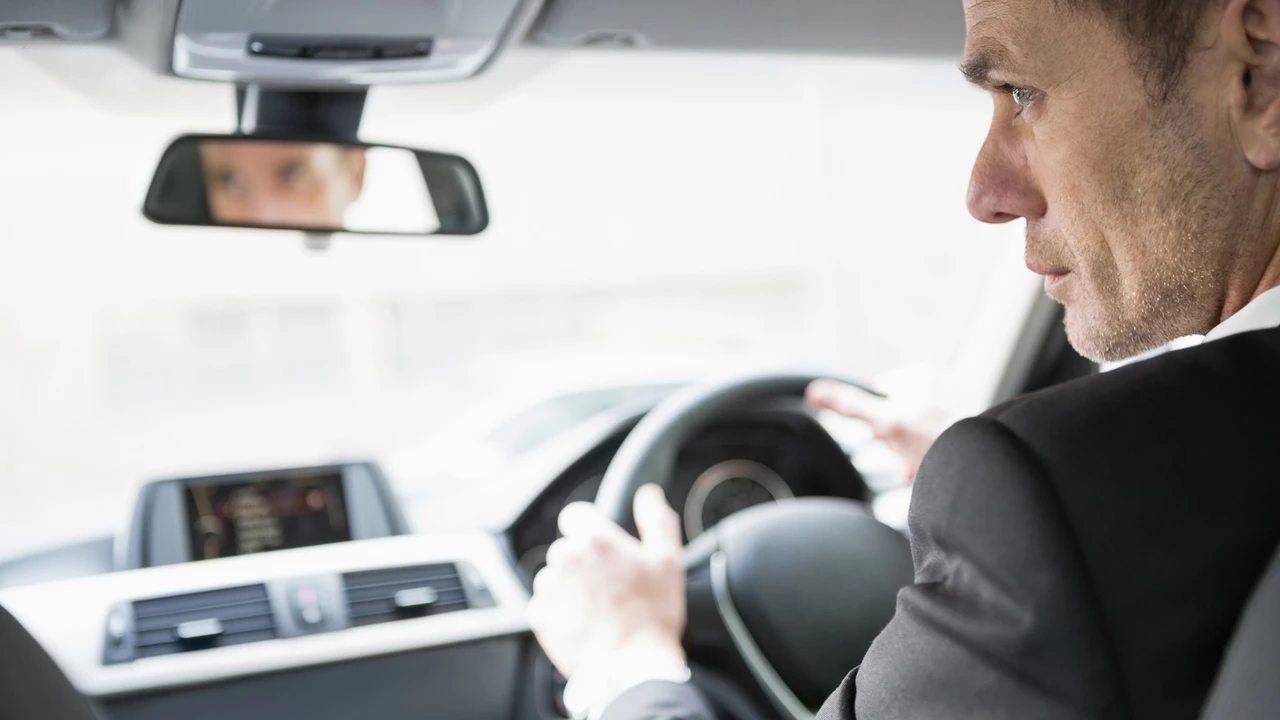Understanding the NHTSA 5-Star Safety Rating System
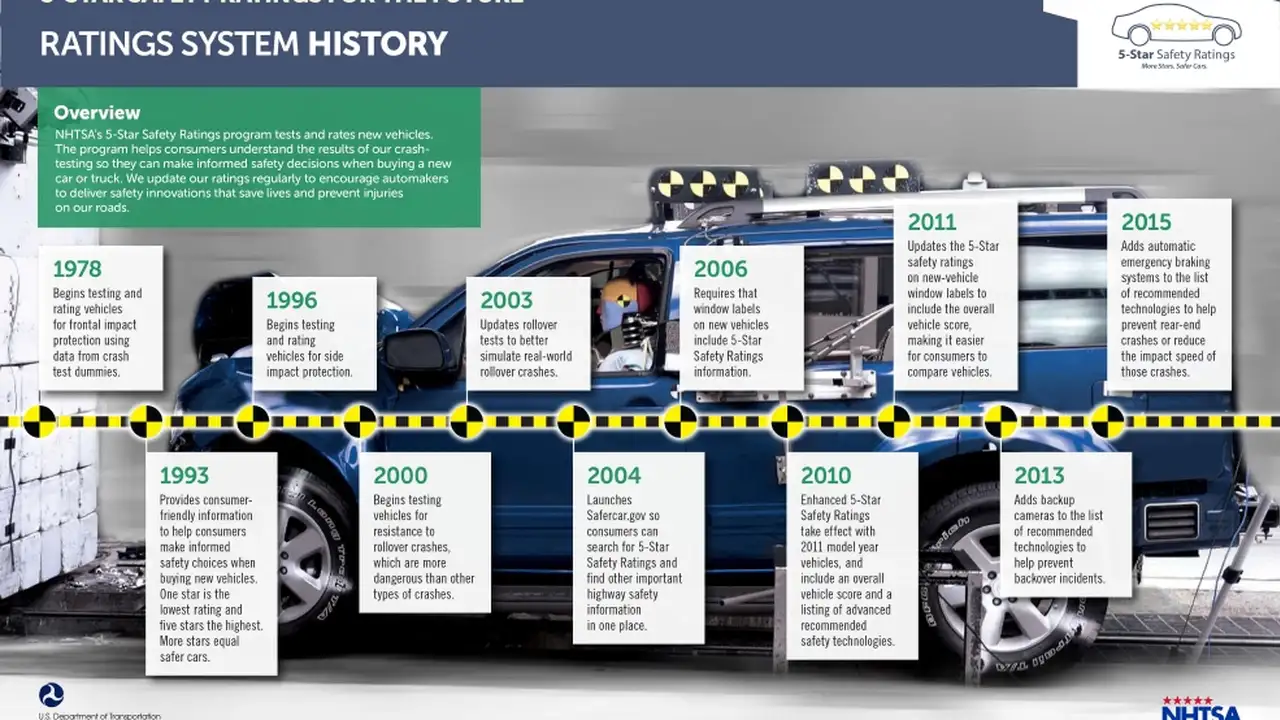
What is the NHTSA 5-Star Safety Rating System Vehicle Safety Ratings Explained
Okay, so you're in the market for a new car, right? And you're probably thinking about things like gas mileage, how cool it looks, and whether it has enough cupholders. But let's be real, the most important thing is safety. That's where the NHTSA 5-Star Safety Rating System comes in. NHTSA stands for the National Highway Traffic Safety Administration, and they're the folks who crash-test cars and give them a rating from one to five stars. The more stars, the safer the car is supposed to be in a crash. Think of it as a report card for car safety.
How the NHTSA 5-Star Safety Rating Works Crash Testing and Evaluation
NHTSA puts cars through a series of crash tests. We're talking frontal crashes, side crashes, and rollover tests. They use dummies that are loaded with sensors to measure the forces on different parts of the body during a crash. This data helps them determine how well the car protects the driver and passengers. They also evaluate the car's safety features, like airbags, seatbelts, and electronic stability control.
The frontal crash test involves slamming the car head-on into a fixed barrier at 35 mph. The side crash test simulates a car being struck by another vehicle at 38.5 mph. And the rollover test measures the car's resistance to rolling over in a single-vehicle crash. It's all pretty intense stuff.
Decoding the Star Ratings Understanding the Scores
So, what do the stars actually mean? Here's a breakdown:
- 5 Stars: The highest rating. Indicates the lowest risk of injury in a crash.
- 4 Stars: A good rating. Indicates a lower risk of injury in a crash.
- 3 Stars: An average rating. Indicates an average risk of injury in a crash.
- 2 Stars: A below-average rating. Indicates a higher risk of injury in a crash.
- 1 Star: The lowest rating. Indicates the highest risk of injury in a crash.
Keep in mind that these ratings are just one factor to consider when choosing a car. They don't tell the whole story. You should also look at other safety features, like driver-assistance technologies, and read reviews from other drivers.
Beyond the Stars Advanced Safety Features to Consider
Speaking of safety features, let's talk about some of the advanced technologies that are available these days. We're talking about things like:
- Automatic Emergency Braking (AEB): This system can automatically apply the brakes if it detects an imminent collision. It's like having an extra set of eyes on the road.
- Lane Departure Warning (LDW): This system alerts you if you start to drift out of your lane. It's helpful if you're tired or distracted.
- Blind Spot Monitoring (BSM): This system warns you if there's a vehicle in your blind spot. It can help prevent accidents when changing lanes.
- Adaptive Cruise Control (ACC): This system automatically adjusts your speed to maintain a safe following distance from the car in front of you. It's great for highway driving.
These features can significantly improve your safety on the road. They're not a substitute for attentive driving, but they can provide an extra layer of protection.
Product Recommendations Safe Vehicles and Their Features
Alright, let's get down to brass tacks. Here are a few cars that have consistently earned high safety ratings from NHTSA and other organizations, along with some of their key safety features:
Subaru Outback Safety Champion for Families
The Subaru Outback is a perennial favorite for families, and for good reason. It consistently earns top safety ratings and comes standard with a suite of advanced safety features, including:
- EyeSight Driver Assist Technology: This includes AEB, LDW, ACC, and lane keep assist.
- Rear Cross-Traffic Alert: This system warns you if there's a vehicle approaching from the side when you're backing up.
- Blind Spot Detection: Alerts you to vehicles in your blind spot.
Usage Scenario: Perfect for families who need a safe and reliable car for everyday driving and road trips. The Outback's standard all-wheel drive also makes it a good choice for drivers who live in areas with snow or ice.
Price: Starting around $28,000.
Tesla Model 3 Electric Safety Innovation
The Tesla Model 3 is an electric car that's known for its performance and technology, but it's also incredibly safe. It has earned top safety ratings from NHTSA and IIHS (Insurance Institute for Highway Safety), and it comes standard with a wide range of advanced safety features, including:
- Autopilot: Tesla's Autopilot system includes AEB, LDW, ACC, and automatic lane keeping.
- Automatic Emergency Braking: Standard on all models
- Multiple cameras and sensors: Providing a 360-degree view of the surroundings.
Usage Scenario: Ideal for tech-savvy drivers who want a safe, environmentally friendly car for commuting and long-distance travel. The Model 3's electric powertrain also offers significant savings on fuel costs.
Price: Starting around $40,000.
Honda CR-V Reliable and Safe SUV Choice
The Honda CR-V is a popular compact SUV that's known for its reliability and practicality. It also earns consistently high safety ratings and comes standard with Honda Sensing, a suite of advanced safety features that includes:
- Collision Mitigation Braking System (CMBS): Honda's version of AEB.
- Road Departure Mitigation System (RDM): Helps prevent the car from drifting off the road.
- Adaptive Cruise Control (ACC): Maintains a safe following distance.
Usage Scenario: A great choice for individuals or small families who need a versatile and fuel-efficient SUV for everyday driving. The CR-V's spacious interior and comfortable ride make it ideal for long trips.
Price: Starting around $26,000.
Comparing Safety Features and Prices Making the Right Choice
So, how do these cars stack up against each other? Here's a quick comparison:
- Subaru Outback: Offers excellent safety features and standard all-wheel drive at a reasonable price. A great value for families.
- Tesla Model 3: Boasts cutting-edge technology and impressive safety performance, but comes with a higher price tag. Appeals to tech enthusiasts.
- Honda CR-V: A reliable and practical SUV with a good balance of safety features and affordability. A solid choice for everyday driving.
When choosing a car, it's important to consider your individual needs and priorities. Think about your budget, your driving habits, and the types of safety features that are most important to you. Don't just rely on the NHTSA 5-Star Safety Rating System. Read reviews, compare features, and take test drives before making a decision.
Understanding Different Crash Test Scenarios
The NHTSA 5-Star Safety Rating System provides a valuable overview, but it's essential to understand the nuances of each crash test scenario. For instance, the frontal crash test evaluates how well the car protects occupants in a head-on collision, while the side crash test assesses protection in a side-impact scenario. Each test provides unique insights into the vehicle's structural integrity and safety systems.
Furthermore, it's important to note that the NHTSA ratings are based on standardized tests conducted under controlled conditions. Real-world accidents can vary significantly in terms of speed, impact angle, and the types of vehicles involved. Therefore, it's crucial to consider the broader context of safety when making a car-buying decision.
The Role of Vehicle Design in Crashworthiness
Vehicle design plays a critical role in crashworthiness. Modern cars are engineered with crumple zones that are designed to absorb energy in a crash, reducing the forces transmitted to the occupants. These crumple zones are strategically placed in the front and rear of the vehicle to protect the passenger compartment.
In addition to crumple zones, the vehicle's frame and body structure are designed to withstand impact forces and maintain the integrity of the passenger compartment. High-strength steel and other advanced materials are used to create a robust and protective structure. The design also considers how the vehicle will interact with other vehicles and objects in a crash.
Beyond the Crash: Post-Accident Safety
Safety doesn't end after a crash. Modern vehicles are equipped with features that enhance post-accident safety. Automatic emergency call systems, like OnStar and similar services, can automatically contact emergency responders after a crash, providing critical information about the vehicle's location and the severity of the impact.
These systems can also provide assistance to occupants who may be injured or trapped in the vehicle. They can connect occupants with trained operators who can provide guidance and support until emergency responders arrive. Post-accident safety features can significantly improve the chances of survival and reduce the severity of injuries.
:max_bytes(150000):strip_icc()/277019-baked-pork-chops-with-cream-of-mushroom-soup-DDMFS-beauty-4x3-BG-7505-5762b731cf30447d9cbbbbbf387beafa.jpg)



